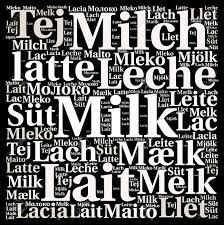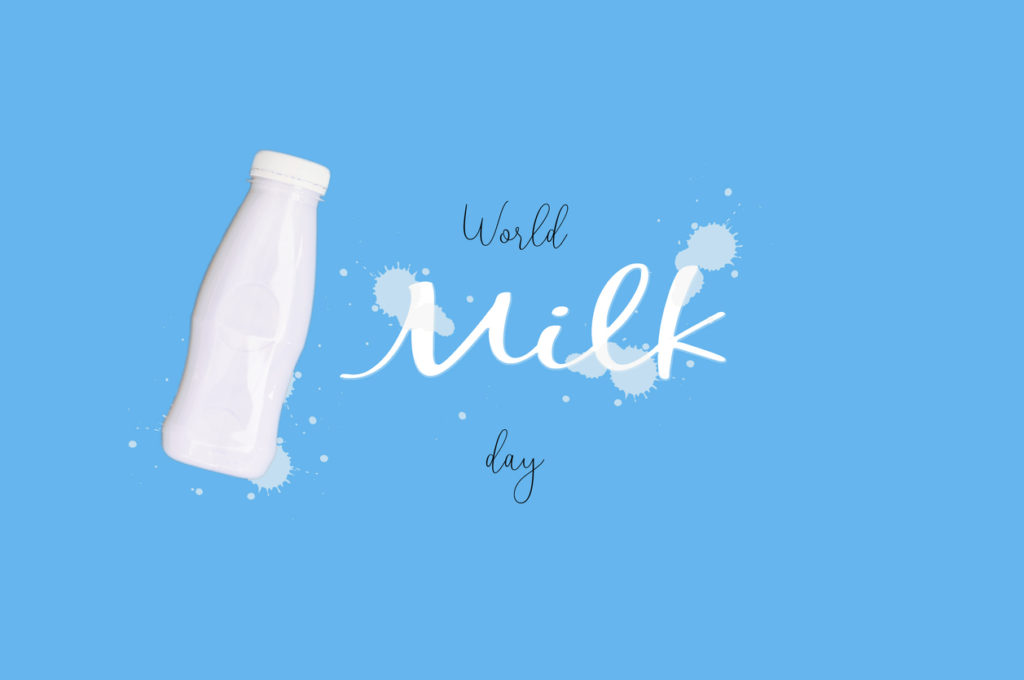June 1, 2020, is World Milk Day, which was first established in 2001 by the Food and Agriculture Organization of the United Nations and is now marked in over 80 countries.
This date was chosen as a number of countries already celebrated a day honoring milk around this time of year. Not surprisingly these are countries like Switzerland, Australia, Belgium, Croatia, Finland, Germany, New Zealand and Norway, all of which have some of the highest per capita consumptions of cow’s milk in all its forms, including: regular milk, cream, cheese and chocolate.

However, when we talk about milk these days, we don’t necessarily mean cow’s milk. Very little cow’s milk is traditionally consumed in Asian countries such as China, Korea, and Japan but soymilk is used extensively. This is changing with the appearance of Western chains such as Starbucks and McDonalds and an increased interest in such products as cow and goat milk cheeses from countries like France and Italy.
When we move to Southern India, South East Asia and the countries of the Pacific, coconut milk is a staple of many dishes and in Central Asia and the Middle East, camel and horse milk are also popular.
Some people, despite liking the taste of milk can’t or won’t drink mammalian milk due to health or ethical reasons. These days there are countless milk alternatives made from a huge variety of natural products such as nuts and grains. And due to advancements in food science, even cow’s (and other mammalian) milks can be treated to remove harmful enzymes that may affect lactose intolerant people adversely.
Here are some ways World Milk Day has been celebrated in past years:
- 5K charity races in Panama where the participants are given free milk.
- Informational seminars and school visits in Sweden and Portugal promoting the health benefits of drinking cow’s milk.
- Free kefir (a fermented milk drink) distributed at homeless shelters in Norway.
- Milk festivals in Kenya and Uruguay.
- Free distribution of milk in the poorer neighborhoods of cities in India.
- The National Dairy Council of Ireland publishing a sports nutrition booklet promoting the drinking of milk for health.
And….
- Perhaps the most unusual and original: the statue at the famous Manneken Pis fountain in the Belgian capital Brussels “peeing” cow’s milk instead of the usual water!
Wordmilkday.org is the organization which officially promotes the day. Check out their site to see how you can join the celebration (safely).
Their tagline for World Milk Day 2018 was #RaiseAGlass and even this year we can all raise a glass on June 1st of our favorite milk, milk drink or milk alternative. As a person who prefers a plant-based alternative I’ll be drinking oat milk!
Written by Jon Kuykendall-Barrett, Account Executive








